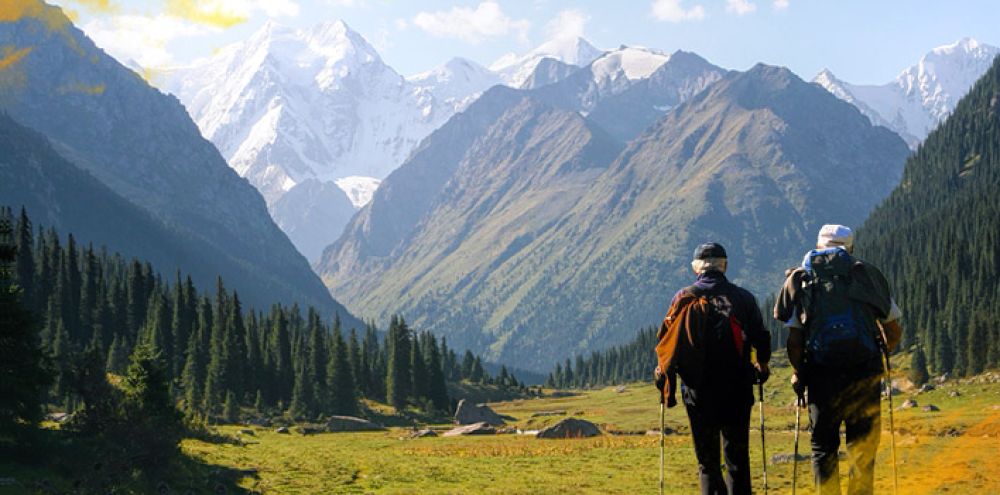

Nestled in the heart of Central Asia, Kyrgyzstan's Terskey Alatau Range near the city of Karakol is a destination that has captivated travelers for centuries. The history of tourism in this region is intrinsically bound to its breathtaking landscapes, vibrant culture, and the enduring spirit of adventure that marks the Silk Road's legacy.
Historical interactions along the Silk Road introduced many early adventurers to the Terskey Alatau Range. Caravans traversing from China to the Mediterranean would often pass through the wider region, allowing travelers of old to gaze upon its grandeur, thus planting the seeds for future tourism.
It was, however, during the Soviet era that the Terskey Alatau Range became an official destination for mountaineers. The Soviet regime, keen on showcasing its natural wonders, fostered a growing travel infrastructure and encouraged internal tourism. This era saw the construction of numerous mountain huts and the establishment of what would become the modern city of Karakol—a base for explorations into the high peaks.
Following the fall of the Soviet Union, Kyrgyzstan's government recognized the value of tourism as a source of economic development. Efforts were made to promote Karakol and the Terskey Alatau Range as prime destinations for trekking, mountaineering, and eco-tourism. The 1990s and 2000s saw a surge of interest from Western travelers, drawn by the allure of unspoiled nature and the appeal of off-the-beaten-path adventure.
Today, Karakol and the Terskey Alatau Range stand as examples of sustainable touristic development. Travelers from around the globe come to experience the area's stunning alpine lakes, diverse fauna, and rich cultural heritage—including historical mosques and churches, as well as authentic local markets.
The latest trend in the region’s tourism has been an emphasis on cultural exchange and community-based tourism. Homestays and local guides provide visitors with immersive experiences that celebrate Kyrgyz culture. Summer festivals, such as the National Horse Games and Birds of Prey Festival, add to the region's appeal, while efforts to preserve and promote Kyrgyz traditions drive an increasing interest in cultural tourism.
Looking forward, the Terskey Alatau Range and Karakol are poised for a delicate balance of growth and conservation. Efforts are underway to ensure that the benefits of tourism reach local communities while protecting the pristine character of the mountain range. With initiatives like the Kyrgyzstan Tourism Development Strategy, the future promises to uphold the region's longstanding allure while fostering sustainable and responsible tourism practices.